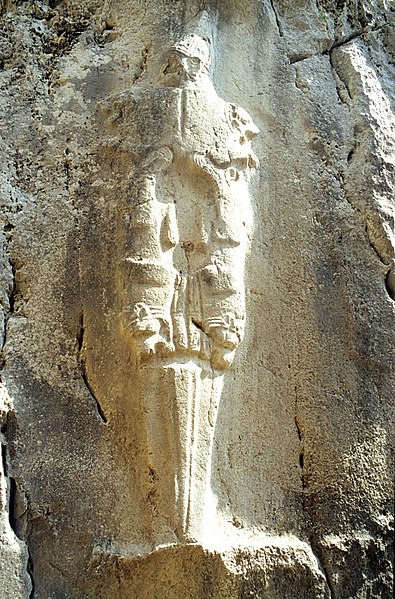Neriglissar was the fourth king of the Neo-Babylonian Empire, ruling from his usurpation of the throne in 560 BC to his death in 556 BC. Though unrelated to previous Babylonian kings, possibly being of Aramean ancestry, Neriglissar was a prominent official and general in the reign of Nebuchadnezzar II and became even more influential through marrying one of Nebuchadnezzar's daughters, possibly Kashshaya.
17th-century portraits of Neriglissar ('Nerigolossor') and his predecessor Amel-Marduk ('Evilmerodach')
Nergal was a Mesopotamian god worshiped through all periods of Mesopotamian history, from Early Dynastic to Neo-Babylonian times, with a few attestations indicating that his cult survived into the period of Achaemenid domination. He was primarily associated with war, death, and disease, and has been described as the "god of inflicted death". He reigned over Kur, the Mesopotamian underworld, depending on the myth either on behalf of his parents Enlil and Ninlil, or in later periods as a result of his marriage with the goddess Ereshkigal. Originally either Mammitum, a goddess possibly connected to frost, or Laṣ, sometimes assumed to be a minor medicine goddess, were regarded as his wife, though other traditions existed, too.
A symbol of Nergal on Old-Babylonian fired clay plaque from Nippur, Southern Mesopotamian, Iraq
A bull-eared deity, possibly a courtier of Nergal
The "sword-god" from Yazılıkaya, identified with Nergal
Syncretic Parthian relief carving of Nergal-Heracles from Hatra in Iraq, dating to the first or second century AD





